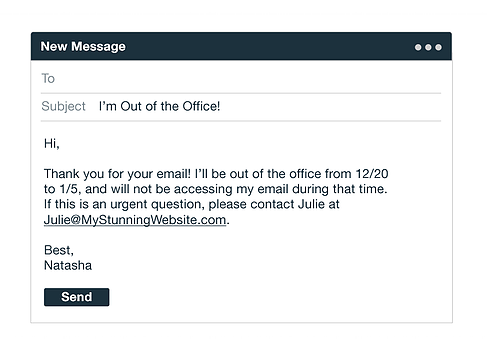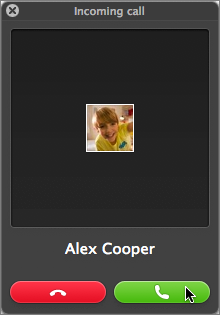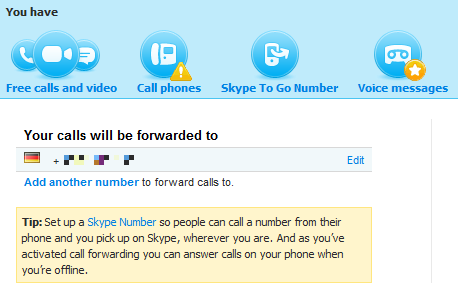

If you select Disconnect, the auto attendant will hang up the call.If you select Type a greeting message the system will read the text that you type (up to 1000 characters) when the auto attendant answers a call. The recording can be no larger than 5 MB. If you select Play an audio file you can use the Upload file button to upload a recorded greeting message saved as audio in. Step 2 - Set up the basic call flow Set a greeting Once you've set your auto attendant's general info, select Next. If you choose a language in Step 4 that doesn't support voice inputs this option will be disabled. For example, callers can say "One" to select the menu option mapped to key 1, or they can say "Sales" to select the menu option named "Sales." When enabled, the name of every menu option becomes a speech-recognition keyword. This is the language that will be used for system-generated voice prompts.Ĭhoose if you want to enable voice inputs. Specify a supported language for this auto attendant.


The time zone is used for calculating business hours if you create a separate call flow for after hours. Specify the time zone for this auto attendant. Set the Operator option to allow callers to break out of the menus and speak to a designated person. This designation is optional but recommended. To designate an operator, specify the destination for calls to the operator. Type a name for the auto attendant in the box at the top. To set up an auto attendant, in the Teams admin center, expand Voice, select Auto attendants, and then select Add. Step 1 - Set the auto attendant's general information Follow these steps to set up your auto attendant For instructions to create auto attendants using PowerShell, see Creating auto attendants with PowerShell cmdlets. The steps outlined in the article create auto attendants using the Teams admin center. The system plays the announcement, and then returns to the auto attendant menu.

(Choose the resource account associated with the auto attendant or call queue when choosing this destination.) Voice app - another auto attendant or a call queue.This person can be an online user or a user hosted on-premises using Skype for Business Server. Person in the organization - a person in your organization who can receive voice calls.The operator can be defined as any of the other destinations in this list. Operator - the operator defined for the auto attendant.You can create auto attendants for your organization with the Microsoft Teams admin center or with PowerShell.īe sure you have read Plan for Teams auto attendants and call queues and followed the getting started steps before you follow the procedures in this article.Īuto attendants can direct calls, based on callers' input, to one of the following destinations: Auto attendants let people call your organization and navigate a menu system to speak to the right department, call queue, person, or an operator.


 0 kommentar(er)
0 kommentar(er)
